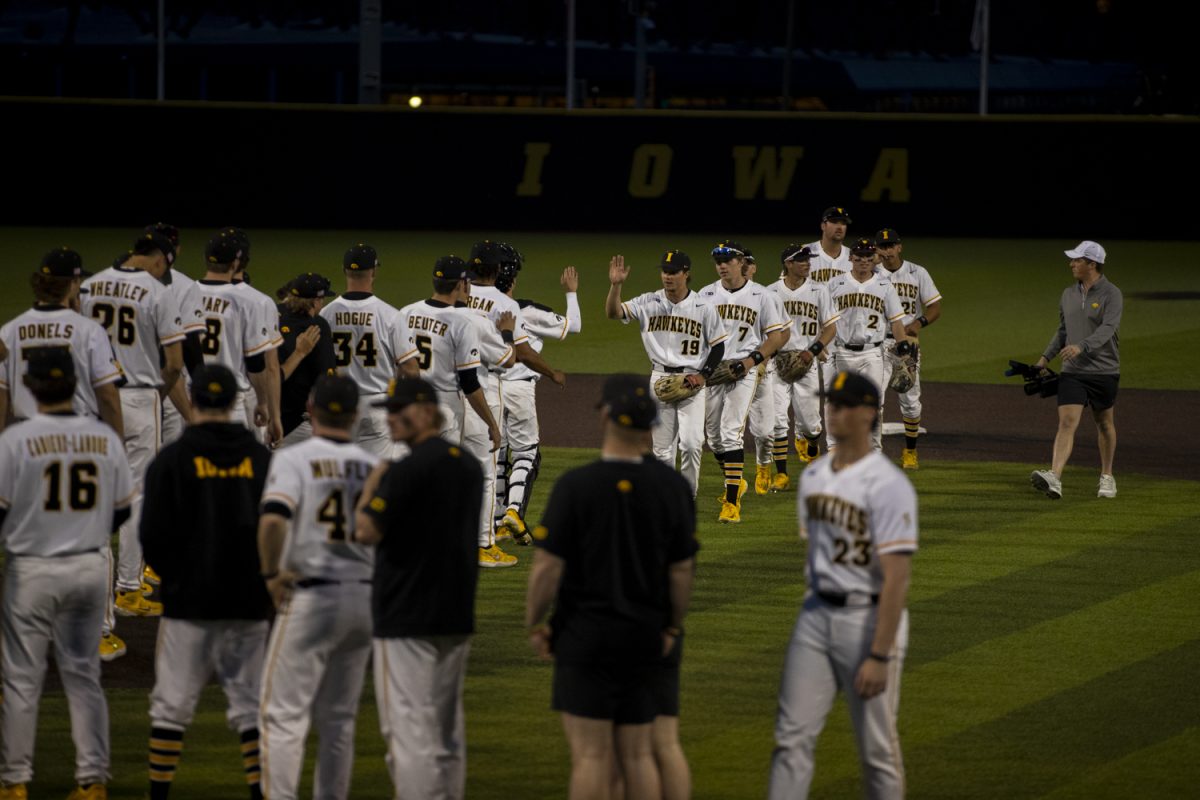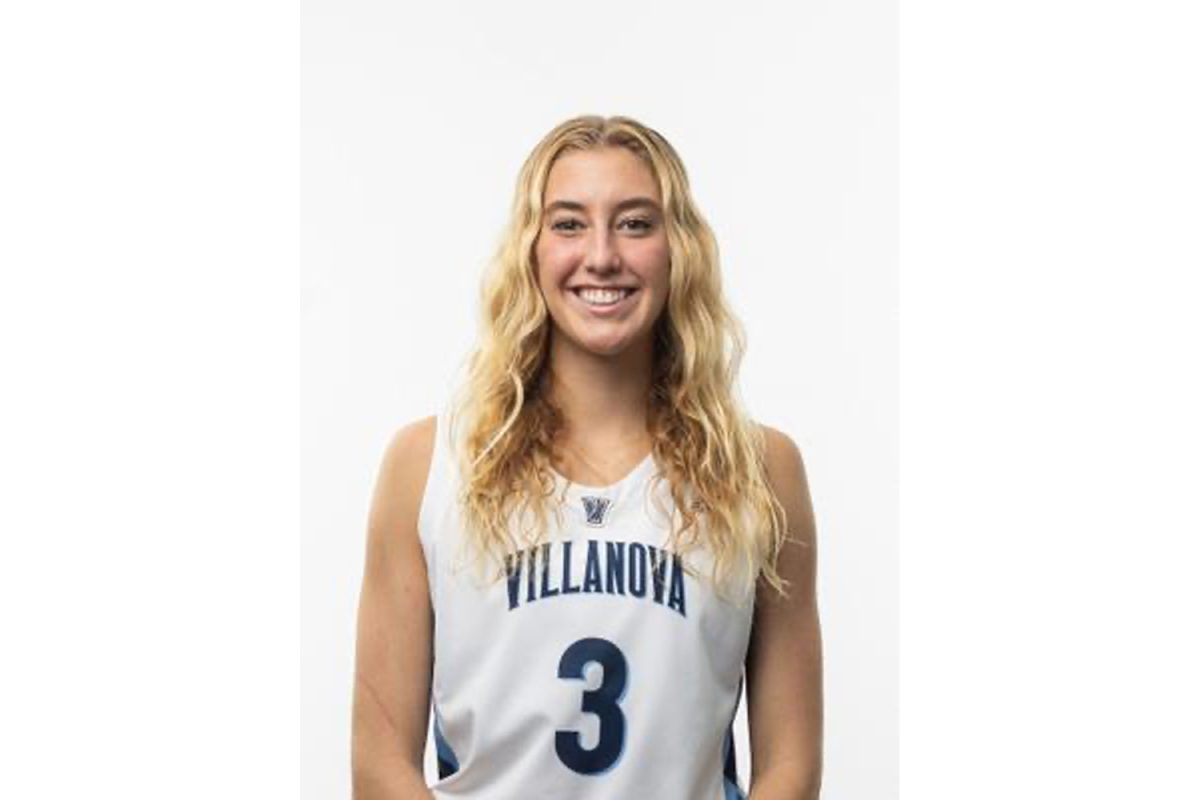It’s a long way from 2016 National Signing Day, when Iowa football’s recruiting class for the year will be officially set.
But early on, Rivals.com, a website that ranks college recruiting classes for several sports, has named the collective group of oral commitments as the 21st best in the country — the highest rating for the Hawkeyes since the 2005 class ranked No. 11.
But to the Iowa coaching staff, the rankings from outlets such as Rivals and 247Sports mean little to nothing.
“I don’t know how the rankings work; I never look at them,” recruiting coordinator Seth Wallace said. “I know that some folks talk about them; we certainly don’t around here.”
Early on, the class ranks ahead of programs such as Florida (No. 25), Auburn (No. 28), Notre Dame (No. 30), and Texas A&M (No. 33).
Iowa has 21 oral commitments at this point, more than anyone with the exception of Miami (Florida). Each recruit adds to a point total that determines the rankings, meaning that Iowa’s high volume early on has it in the top 25.
Of the recruits, 13 are rated as three-star players, and the rest are listed as two stars. According to Rivals, none of Iowa’s 2016 recruits have above a three-star rating, which matters little to Wallace and Iowa’s coaching staff.
“There’s so much outside influence to where a young man’s going to be four or five years from now,” Wallace said. “That’s where the stars become irrelevant to me.”
An examination of the 2005 class that Rivals ranked so highly may back up Wallace’s point. It included one five star, seven four stars, and 11 three stars.
The players with four stars and above included Kalvin Bailey, Ryan Bain, Jake Christensen, Dan Doering, Rafael Eubanks, Alex Kanellis, Tony Moeaki, and Dace Richardson.
Of those eight, only Moeaki went on to a career in the NFL, where he remains today as a member of the Atlanta Falcons. Eubanks and Richardson each had good careers as offensive lineman — both earned second-team All-Big Ten honors from the coaches in 2009.
The others dropped off for a variety of reasons, including injuries, poor performance, and apparent dissatisfaction with the program.
The three-star recruits included Pat Angerer, Shonn Greene, and Marshal Yanda. Angerer played linebacker for the Indianapolis Colts from 2010-2013 before concussions and other injuries derailed a promising career. In 2011, just his second season, he recorded 148 tackles — good for fourth in the league.
Greene won the Doak Walker Award in 2008 for college football’s top running back, setting a pair of single-season Iowa rushing records in the process. He was drafted in the third round by the New York Jets in 2009 and amassed more than 4,000 career rushing yards before being released by the Tennessee Titans during this off-season.
Yanda has been a model of consistency in the NFL in his eight seasons. Recently, he was named to the NFL’s “Top 100 Players of 2015,” coming in at No. 76 as voted by the players.
For a more recent example, Brandon Scherff entered in 2010 as a three star according to Rivals and left as the fifth-overall pick in this year’s NFL draft.
“Brandon Scherff is easily a five star when it mattered, and that’s when he left college,” Wallace said.
Iowa’s 2015 class finished at No. 58 on Rivals by National Signing Day, and perhaps that’s where the 2016 class is destined to end up. But it doesn’t matter to Wallace, whose main focus is finding players that fit the “Iowa profile.”
“If they’ve got a base of knowledge in terms of Iowa and the Big Ten, that’s extremely important in the recruiting process,” he said. “Versus somebody, that, they don’t know where the hell Iowa is, they couldn’t put Iowa north or south of Missouri.
“We want guys that know what Iowa is, or they’re going to fight like hell to find out.”
However, there is some obvious correlation between the top programs and the Rivals recruiting rankings. Take last year’s four College Football Playoff finalists, for instance.
Since 2010, Florida State and Alabama have finished in the top 10 every year. National champion Ohio State finished in the top 10 from 2012 on, ranking 11th in 2011 and 25th in 2010.
Oregon ranked in the top 10 in just one of those years (No. 9 in 2011) but outside the top 25 just once as well (No. 26 in 2014).
In that time, Iowa’s highest-ranked class came in 2011 — one that Rivals evaluated at No. 30.
Regardless, the Iowa staff seems to pay little attention. Wallace noted that aside from measurables such as size and 40-time and whatever can be seen on tape, the recruiting rankings have little to base themselves on. And many of he top-ranked players earn stars from taking part in various camps and combines.
“It’s an inexact science; there’s no blueprint,” Wallace said. “We certainly don’t get caught up in the rankings; whether we’re 19th or 55th, it doesn’t make a difference to us.”






